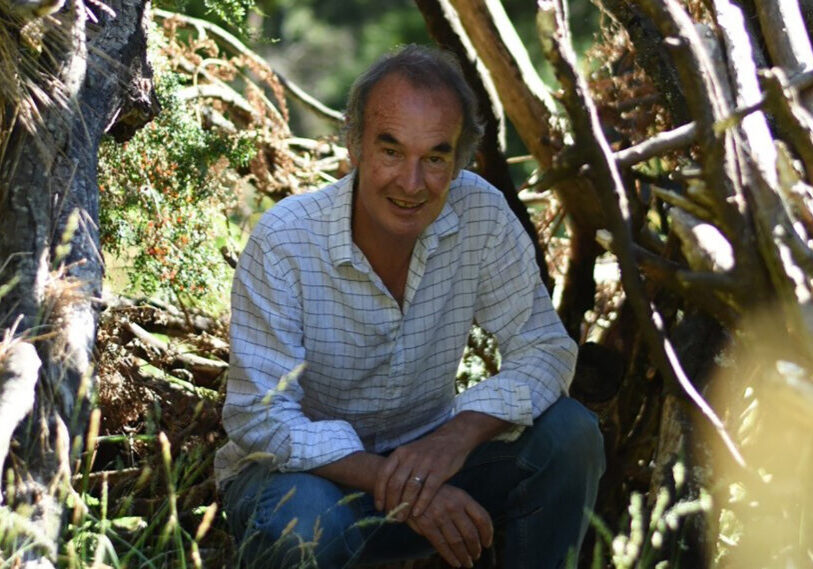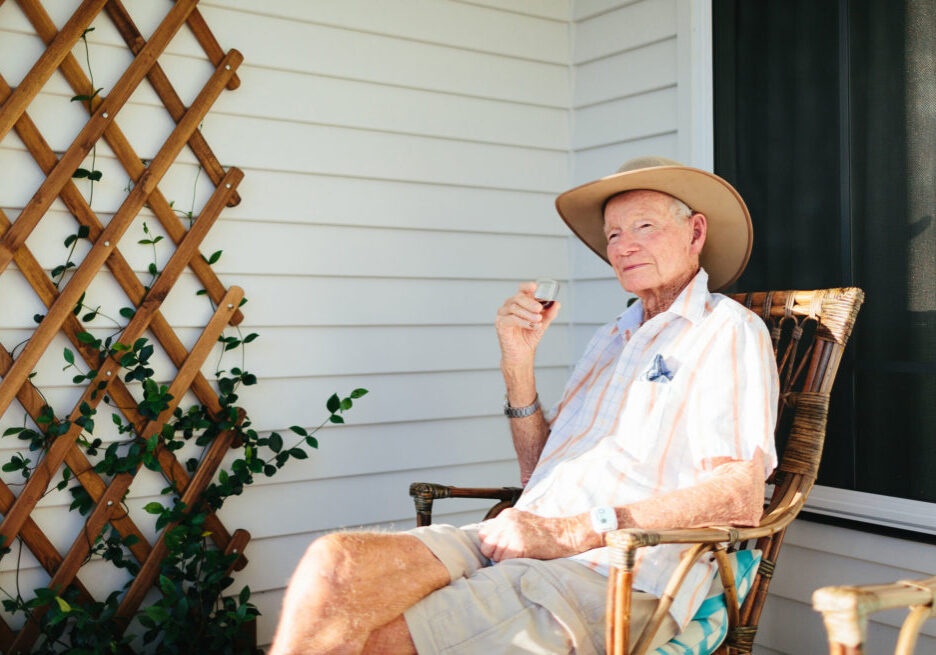Is it OK to segregate someone because they are living with dementia?
All talk, no action!
I don’t know about you, but 2018 seems to be an annus horribilis for Residential Aged Care (RAC). With the recent announcement of a Royal Commission on Aged Care, not a week goes by without the media focussing on something negative in our industry. This isn’t helped by the fact that the Aged Care Roadmap has in essence stalled with little to no innovation in the way Aged Care is practiced in Australia.
The fact remains that we are facing an aging population and a rising dementia rate. In 2018, there are an estimated 436,366 Australians living with dementia including 25,938 with younger onset dementia (under the age of 65). Australia will need to change and innovate how we run Aged Care to cater to these numbers.
When it comes to dementia specific care and RAC, unfortunately there has been little or no change in what the norm of yesteryear was. Terms such as; “dementia specific unit”, “locked unit”, “secure unit”, “the dementia wing”, “the resident has been transferred to the dementia section”, “high care and low care dementia floors” to name just a few are sadly well-known to us all.
These are terms that I have struggled with for a long time and I would like to know whether it acceptable to segregate people based on a physical or cognitive diagnosis? If you were living with dementia, how would you feel to be placed in a “secure unit” away from the rest of society?
Creating a world first dementia friendly MICRO TOWN®
For me the answer, after years of research and development, keeps coming back to the same thing; if my mum was living with dementia I would not want her placed in a dementia unit and suddenly “removed” from normality. So rather than talking about it and complaining about all the issues in the industry, I trialled a concept some 4 years ago in Tasmania into what was then called small-scale living.
Two small houses were built each with 7 bedrooms, a working kitchen, laundry and living room enabling 7 residents to live together in a normal house and be involved in day-to-day activities such as cooking and cleaning. There were no longer routines, but instead residents, even though they were in RAC, started to experience a sense of normality, greater freedom and empowerment.
Fast forward to September 2017, I was proud to see the doors of NewDirection Care Bellmere in Queensland open. A $30+ million RAC Australian and world first MICRO TOWN® located between Brisbane and the Sunshine Coast, it boasts 17 unique and individually domestic-styled homes scattered over 2 hectares of land and is home to 120 residents. The MICRO TOWN® inclusive community recreates life in the real world and is transforming the way residents live with or without dementia in their twilight years.
Putting people first
Unlike traditional institutional care environments with many restricted or out of bounds areas, at NewDirection Care there are no locked secure dementia units, no corridors lined with rows of bedrooms and large common areas, nor industrial sized laundries, or a central commercial kitchen preparing generic, canteen-style food served at fixed times by dining staff in a large and loud dining hall. Neither are there House Campanion™ Support Worker assistants or personal carers responsible for toileting, assisting to eat or showering residents at fixed times, or Registered Nurses running around with medication trolleys.
Instead, NewDirection Care at Bellmere looks exactly like any other Australian suburban community with picket fenced houses all with mail boxes, gardening hoses, barbeque, clothes line, and front- and back-yards, positioned on lovely gardened wide streets each with their own name and house numbers. Each of the 17 houses is home to seven residents who live together based on values and lifestyle, they are not segregated according to their diagnosis nor are dementia specific residents isolated in a secure location.
Each resident has their own private ensuite bedroom (king single, double or queen bed) and share the home as a family unit in their Shaynna Blaze designed domestic-style kitchen, laundry, dining room, and sitting rooms. Residents, with the assistance of House Companion™ Support Worker, decide their routine right down to the daily menu and are free to explore as much as they wish throughout the MICRO TOWN®.
As with any other suburb, the MICRO TOWN® has a town centre or shopping precinct with a range of shops and services; cinema, corner shop, café, beauty salon, barber, GP, dental, and a wellness centre. They’re for use not only by residents, but also team members, families and the wider external community. There is a community garden onsite overseen by residents producing seasonal fruit and veg for their own use, as well as an onsite gardener providing educational sessions such as fertilisation and plant propagation. The onsite chooks are also tended to by the residents including feeding and cleaning of the pen. Meanwhile pet dogs and a bird provide company, unconditional love and entertainment for all.
With the year coming to an end, and as we move into 2019, hopefully we will see others take the risks I have, question the norm, provide services and accommodation that the Australian community is asking for and that the RAC industry will be viewed with a more positive outlook, in particular by its various sceptics.
By Natasha Chadwick, Founder and CEO, NewDirection Care



